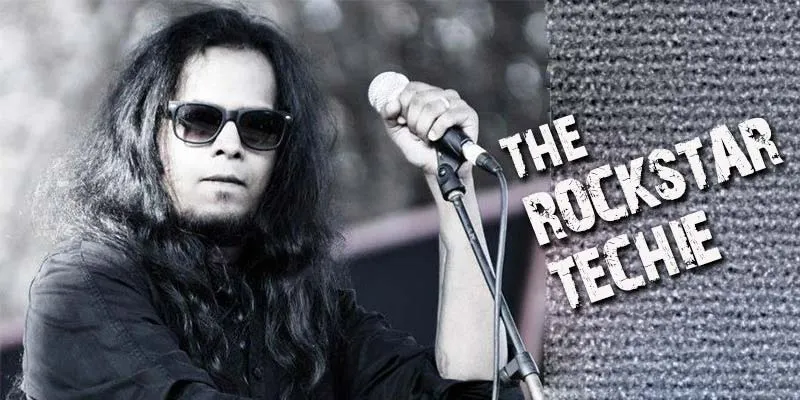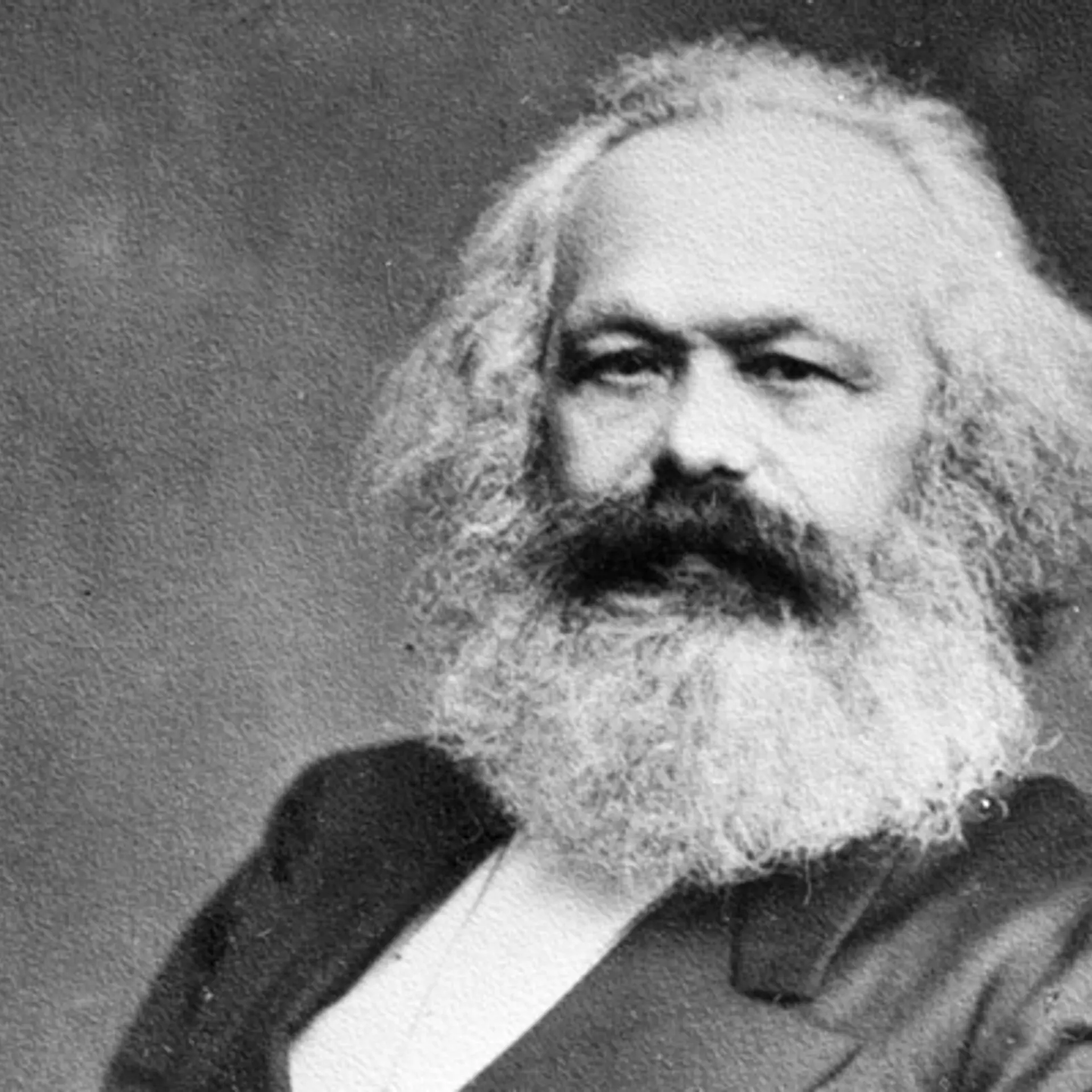[Techie Tuesdays] Harish Sivaramakrishnan, the “Rockstar” Techie
As I write this post, I’m listening to a song, which today’s Techie Tuesday performed at MTV coke studio. Engineers are not known to be the best artists, but this exquisite Carnatic musician and the front man for popular Carnatic Progressive Rock Band, Agam, is also an able engineer. He was one of the first engineers to work on Adobe’s Flex platform, and went to also become their worldwide developer evangelist. And, adding to his diverse set of skills, he is designing UX and UI’s - he worked with Myntra as their UI architect and is currently the VP for front-end engineering and UX at Freecharge. Immense skill coupled with a mature head has been the hallmark of Harish’s career so far and it gives us a lot to learn from.
We present to you Harish, engineer, marketer, designer and rockstar.

Getting to like problems
In a previous interview with Harish, when we featured Agam the band, he said that he wasn’t very studious at college. He says,
I come from a middle class family, and a lot is thought about what the boy in the family will do. My career choice was made when I was 14 or 15 on the single assumption that engineers do well in life. Other than this, I didn’t have much idea about engineering as such.
However, Harish credits his BITS Pilani engineering course to his ability to solve problems. He says,
Engineering fosters your ability to think analytically. You start to see that life has a lot of problems and the more of them you solve, the more successful. Along the way, you also start liking some problems and you enjoy solving them. Every good techie I know, loves being in the situation where there are interesting problems to solve.
Harish studied Chemical engineering at college, but found his calling in client side programming and design. He says, “Being studious or not matters only if you’re doing a job that you studied for. Had I been doing a chemical engineering job after college, my story would have been very different.”
From Engineer to Evangelist
After college, Harish’s first job was at a startup called Ascendum Solutions, where he worked as a JS engineer. He says, “The company was run by my seniors and mentors from BITS and I had a great working relationship with them, which is ever so important. I got to work on some elite high quality stuff. This wasn’t your regular job where you get trained to do something first up. Most learning was on the job and I really learnt what it meant to code here. All my street cred came from here.”
Post this job, Harish took up a job at Adobe, where he was one of the first engineers working on Macromedia Flex, which Adobe had then acquired. He says, “I’m really proud of what we did with Flex. It was ahead of its time. Angular JS has come out now, but we were talking about multiside data binding back in 2007. We were so passionate about what we were doing; everyone had such great ownership of the product. We didn’t need a separate marketing team.”
Harish took up the role of platform evangelist and subsequently worldwide developer evangelist at Adobe. He says,
We had a lot of faith in the product and we really believed in it. Speaking about it effectively to people wasn’t difficult. Yes, I am an outgoing person and I like speaking in front of a hostile crowd, so I enjoyed reasonable success at the job. But anyone can be an evangelist, as long as you believe in the offering.
Harish believes that at some level, everyone is involved in marketing. He says, “When you tweet about some new code you pushed on GitHub, you’re marketing. Your resume is for marketing yourself. Everyone markets.”
The designer in everyone
Though not trained formally as a designer, Harish has taken up some senior designer roles at prominent startups like Myntra and now, Freecharge. He says,
Everyone appreciates symmetry and beauty. As far as I’m concerned, I was involved in building one of the world’s first markup based UI framework. And Adobe as such was very unforgiving about bad design, and almost all Adobe engineers had a great understanding and appreciation for design.
“I don't do a lot of photoshop", but I’ve got some on ground knowledge and experience about designing from my previous jobs. I’m still very hands on and I take pride in the fact that I work shoulder to shoulder with my engineers. And if you see, most great designers aren’t necessarily trained in them - they’re psychologists, historians, economists; you name it.”

Managing time
Harish’s band, Agam, tours extensively. Add a startup job and a young family life to the equation and you really have no time for yourself. But Harish manages all these lives. But when asked about how he does it, he says,
Time is in your mind, man. When you have a harmony and equilibrium about what you do, every minute is worth more. For example, I don’t think of the gig I have to play, when I’m working on a UX problem. You just need to compartmentalize these things.
However, even Harish feels busy at times, and when he does, his solution is simple -
Think of entrepreneurs. They are the busiest people in the world. I for one think of my mom - she gets so much done in a day. It is so much more than what I do and it is without the luxury of having someone to ask you how you do it. Just remind yourself that there are people getting a lot more done with their time, than you.
Pragmatism and design
On a parting note, I asked Harish if there was any particular reason why he chose to work with startups or startup-like environments, and I was expecting the usual, startups-are-awesome answer. But he said, “It’s about where I am now. Right now, I think there is a lot that I can contribute as a hands-on guy, and startups offer me those kind of roles. If there was a big company giving me a similar job, I would definitely consider it just as much. Right now, I don’t want to work on a steady state project, but someday, I might.”
This pragmatism seeps through in his approach to design as well. The only advice he had to share was the one given to him,
Just remember whom you’re building the product for. Model yourself after them and see if you like it.
Get in touch with Harish on his blog.


![[Techie Tuesdays] Harish Sivaramakrishnan, the “Rockstar” Techie](https://images.yourstory.com/cs/wordpress/2013/09/Harish-Sivaramkrishnan-Techie-Tuesdays.jpg?mode=crop&crop=faces&ar=2%3A1&format=auto&w=1920&q=75)




